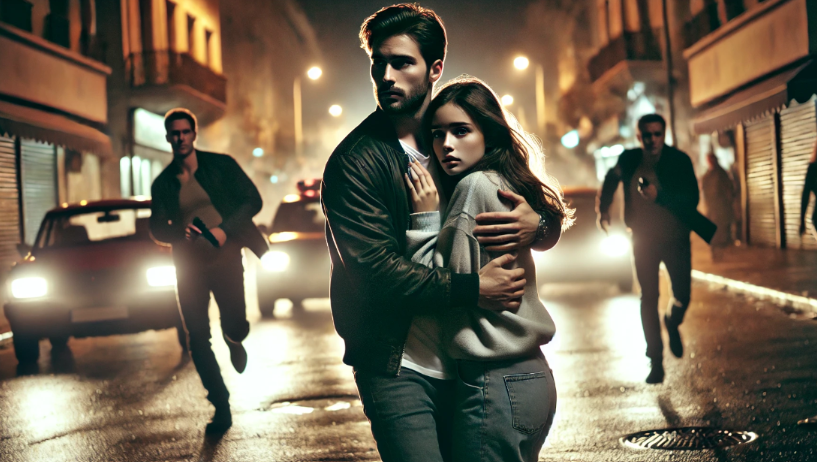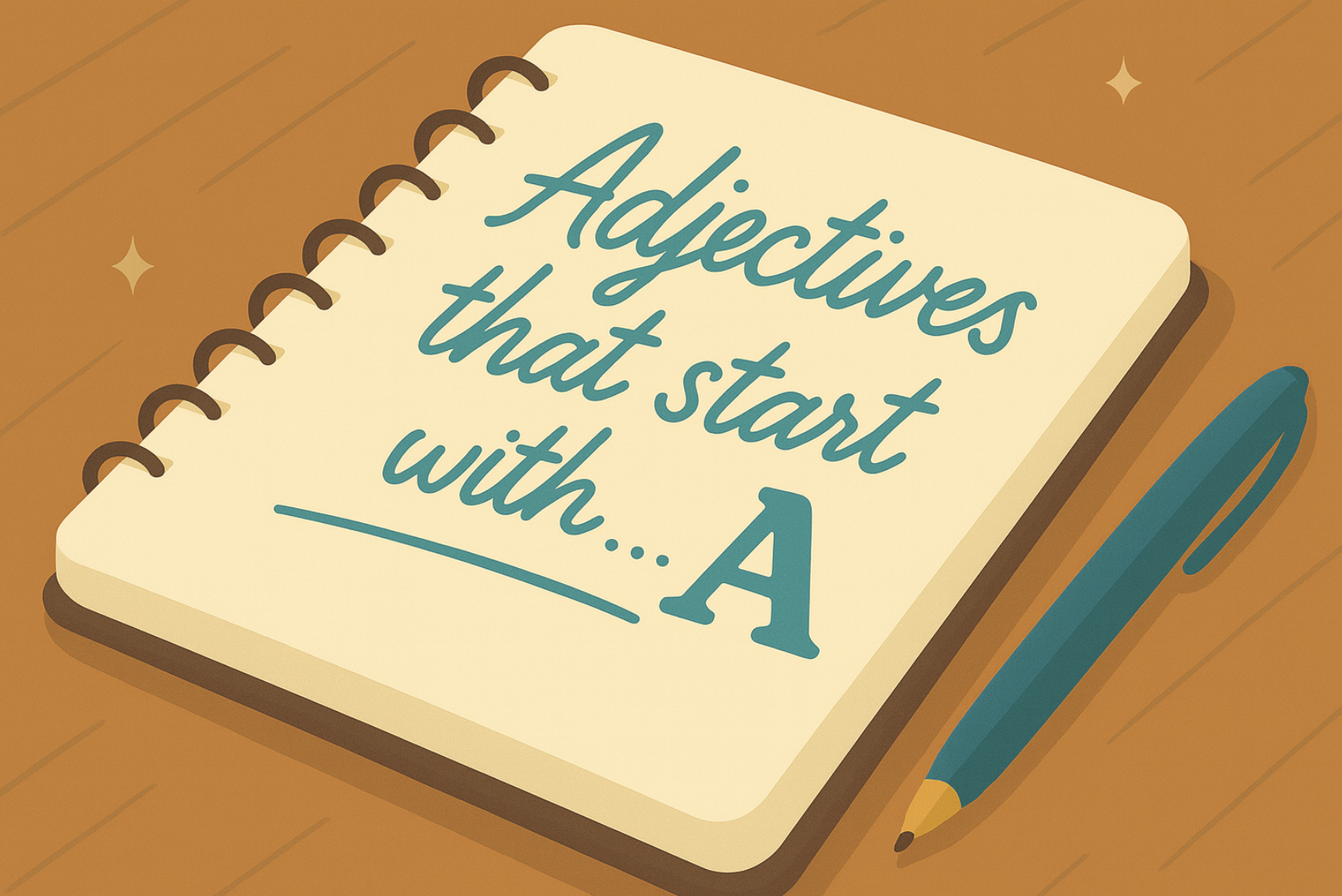Let’s be honest—writing a romance novel that strikes the perfect balance between heart-pounding action and swoon-worthy emotion can feel like juggling while riding a unicycle. On a tightrope. In the middle of a thunderstorm. But no pressure, right? Luckily, you’re not alone in this high-wire act. Many writers struggle to seamlessly weave together action-packed moments with emotional depth, but when done right, it can elevate your story to unforgettable heights by evoking emotion and desire that resonates deeply with readers.
In romance novels, it’s not enough to make readers care about the what—they also need to care about the who. Every action scene should carry emotional weight, and every emotional scene should drive the plot forward. Readers want to feel like they’re right there, falling in love alongside your characters, while also gripping the edges of their seats when the stakes are high. Structuring your story in such a way ensures that each specific scene contributes to the overall emotional and narrative arc.
So, how do you navigate this balancing act without losing your footing? In this guide, we’ll walk you through practical tips and techniques to master the dance between action and emotion, ensuring your readers are hooked from page one until that final happy ever after.
The Role of Action and Emotion in Romance Novels
In romance novels, action and emotion are not two separate entities—they are dance partners, moving in sync to keep the reader engaged. Action, when done right, does more than just push the plot forward; it enhances the emotional stakes. A dramatic scene where the hero narrowly escapes danger is thrilling, but it becomes even more heart-pounding if his lover is waiting on the other side, unaware of the risks he’s taking for them.
Every punch, chase, or plot twist should have emotional consequences. It’s not just about what happens—it’s about how it makes the characters and readers feel. When action and emotion are in balance, your story gains depth and complexity, transforming it from a mere sequence of events into a compelling narrative. Understanding and effectively using story beats can further enhance this interplay, ensuring each moment resonates emotionally with the reader.
Developing Emotional Depth: Connecting Readers to Characters through Character Development
You could write the most intense action scenes ever, but if your readers aren’t emotionally connected to your characters, it won’t matter. They need to feel invested in your characters’ emotional journeys—their hopes, dreams, fears, and yes, of course, their feelings for each other.
To make the reader feel and create this connection, show your characters’ inner lives. Readers need to see what’s going on beneath the surface, whether it’s through facial expressions, character’s thoughts, or actions that reflect their emotions. By allowing readers to witness these moments of vulnerability, you create a bond that makes them care deeply about what happens next. Additionally, effectively conveying a character’s feelings through advanced emotional beats like setting, metaphor, and flashbacks can deepen emotional expression and enhance reader connection.
Setting the Scene for Emotional Impact
In romance novels, the setting is more than just a backdrop; it’s a vital component that can significantly influence the emotional impact of a scene. Imagine a love confession under a starry night sky versus one in a crowded, noisy café. The former is likely to evoke a stronger emotional connection, making the moment more memorable for readers.
When setting the scene, consider the time of day, weather, and location. A rainy afternoon can add a layer of melancholy to a breakup scene, while a sunny beach can amplify the joy of a reunion. Use sensory details to bring the scene to life—describe the scent of blooming flowers, the sound of waves crashing, or the warmth of the sun on the characters’ skin. These details make readers feel like they’re experiencing the emotions firsthand.
Your Publishing Journey Awaits – Start NowThe setting can also reflect a character’s emotional state. A character feeling lost and confused might wander through a foggy forest, while one feeling hopeful might find themselves in a vibrant, bustling market. By aligning the setting with the character’s feelings, you create a powerful tool for conveying emotions and deepening the reader’s emotional connection to the story.
Writing Effective Action Scenes That Evoke Emotion and Enhance the Romance
Action scenes in a romance novel should never be gratuitous. While car chases and epic battles are exciting, they need to serve a greater purpose—like bringing your characters closer together or revealing deeper emotional truths. A well-placed action scene can heighten the tension and make the romantic payoff all the more satisfying. These principles not only apply to individual scenes but also contribute to the emotional arc of the entire novel.
For example, a scene where the characters are running from danger can be an excellent opportunity to show their growing trust in one another. Maybe they share a quiet, emotionally charged glance amidst the chaos, or maybe the action reveals something about their personalities that deepens their connection. The key is to ensure that every action scene advances the romance in some way.
Blending Action and Emotion in Specific Scenes
Finding the right balance between action and emotion in individual scenes can feel tricky. If you lean too heavily on action, you risk losing the emotional depth that keeps readers invested in the romance. But if you focus too much on the emotion, the story may start to drag and fail to evoke emotion effectively.
To avoid this, pay attention to the pacing of your scenes. In high-stakes moments, let the action take center stage, but don’t forget to sprinkle in small emotional beats. Conversely, in quieter scenes, let emotion drive the narrative while subtly building up tension for the action to come.
Dialogue: The Bridge Between Action and Emotion
Ah, dialogue—the unsung hero of romance writing. Dialogue is where action and emotion collide. Through conversations, characters can express their inner feelings while also reacting to the external events around them. A witty exchange during a tense moment can relieve some of the tension while also revealing deeper emotions. On the flip side, a quiet, heartfelt conversation after a dramatic scene can amplify the emotional stakes. Dialogue can be structured in such a way as to enhance the emotional impact.
When writing dialogue, remember that less is often more. The right line at the right moment can speak volumes, especially in emotionally charged situations. Dialogue doesn’t need to explain everything—sometimes, the silence between words can be just as powerful.
The Power of Emotional Reaction in Romance Novels
Emotional reactions are the heartbeat of any well-written, compelling romance novel. They reveal characters’ thoughts, feelings, and motivations, making them more relatable and human. When a character reacts emotionally to a particular scene, it provides readers with a window into their soul, allowing them to understand and empathize with their journey.
Your Publishing Journey Awaits – Start NowThese reactions can also create tension and conflict, essential ingredients for keeping readers invested. A character’s jealousy, fear, or joy can drive the plot forward, adding layers of complexity to the story. For instance, a character’s emotional reaction to a love interest’s betrayal can lead to a dramatic confrontation, pushing the narrative into new, exciting directions.
Emotional reactions are also crucial for character and relationship development. As characters navigate their emotions and relationships, they grow and evolve, making the romance more believable and satisfying. These reactions can create powerful moments of intimacy and connection, such as a tearful confession or a shared laugh, that resonate deeply with readers.
By skillfully weaving emotional reactions into your narrative, you can create a romance novel that not only tells a love story but also evokes a profound emotional response, leaving readers captivated from beginning to end.
Building Toward a Happy Ending: Action, Emotion, and Resolution
The best romance novels leave readers with that warm, fuzzy feeling long after the final page. To achieve this, the climax should blend action and emotion seamlessly, giving readers the dramatic payoff they crave while also delivering the emotional resolution they need.
As you build toward the story’s conclusion, make sure that both the action and emotional arcs are resolved, not just within individual scenes but across the entire novel. Readers want to see the characters they’ve grown to love not only overcome external challenges but also face their own internal struggles. A happy ending should be earned both in terms of the action and the emotional journey.
Revising for Balance: Crafting the Final Draft
Once you’ve got a first draft, it’s time to step back and assess the balance between action and emotion. Are there scenes that feel too action-heavy without enough emotional depth? Are there emotional beats that drag on without advancing the plot?
In revision, aim for harmony. Trim down scenes that feel overdone and amplify moments that create emotional resonance. It’s often in this revision process where the magic happens, as you start to see how action and emotion can work together to create a story that will keep readers hooked. These principles apply not just to individual scenes but to the entire novel, ensuring a cohesive and engaging narrative.
Balancing Action and Emotion in Romance Novels
Congratulations, you’ve reached the end of this guide—hopefully without any major emotional breakdowns or action-packed fistfights along the way. Balancing action and emotion in romance novels isn’t easy, but when done right, it creates stories that resonate with readers on a deeper level.
Remember, it’s not just about what your characters do, but how they feel while they’re doing it. The right blend of heart-stopping action and heart-melting emotion is what transforms a good romance novel into one that readers will swoon over long after the final page is turned.
So, grab your pen, flex those writerly muscles, and start weaving action and emotion into your love stories like the romance novel pro you are. Because, let’s face it—if readers are both laughing, crying, and holding their breath all in one chapter, you’ve hit the first fiction jackpot.
Ready to bring your romance novel to life? Sign up with Spines today! Upload your manuscript and get a free review to help perfect the balance between action and emotion!
Your Publishing Journey Awaits – Start Now







